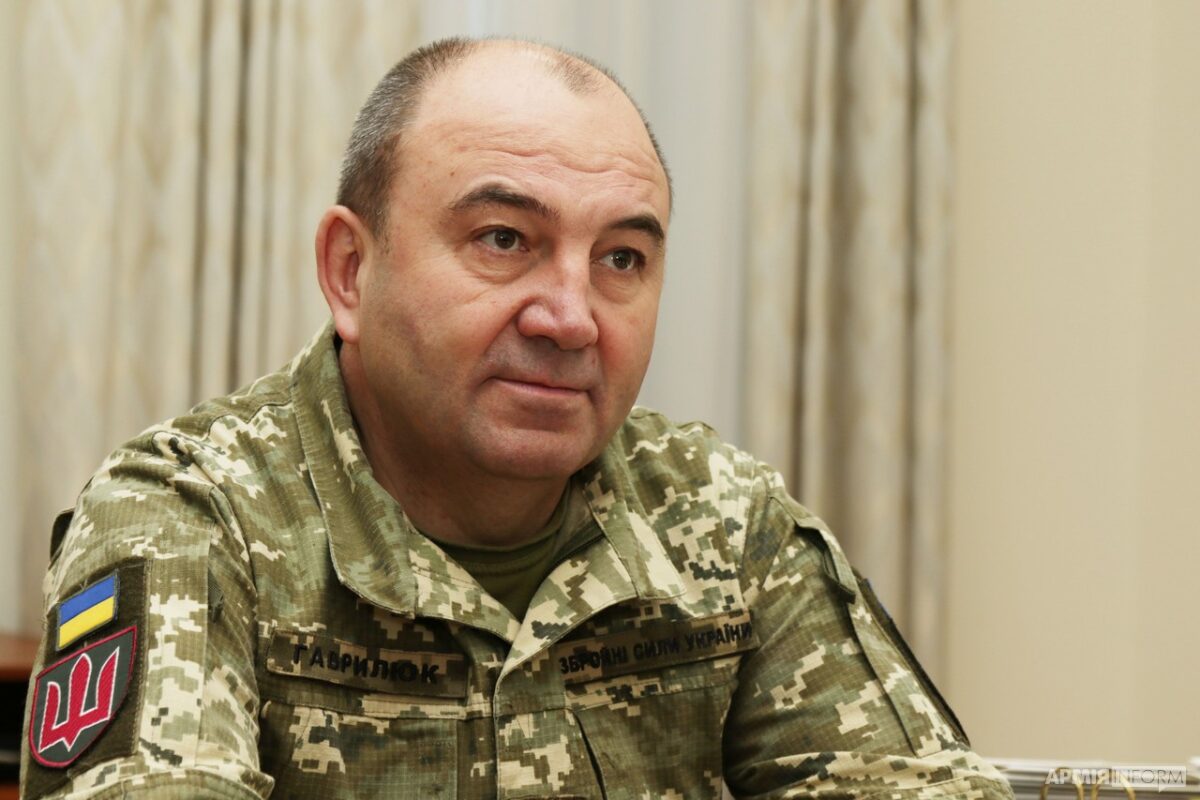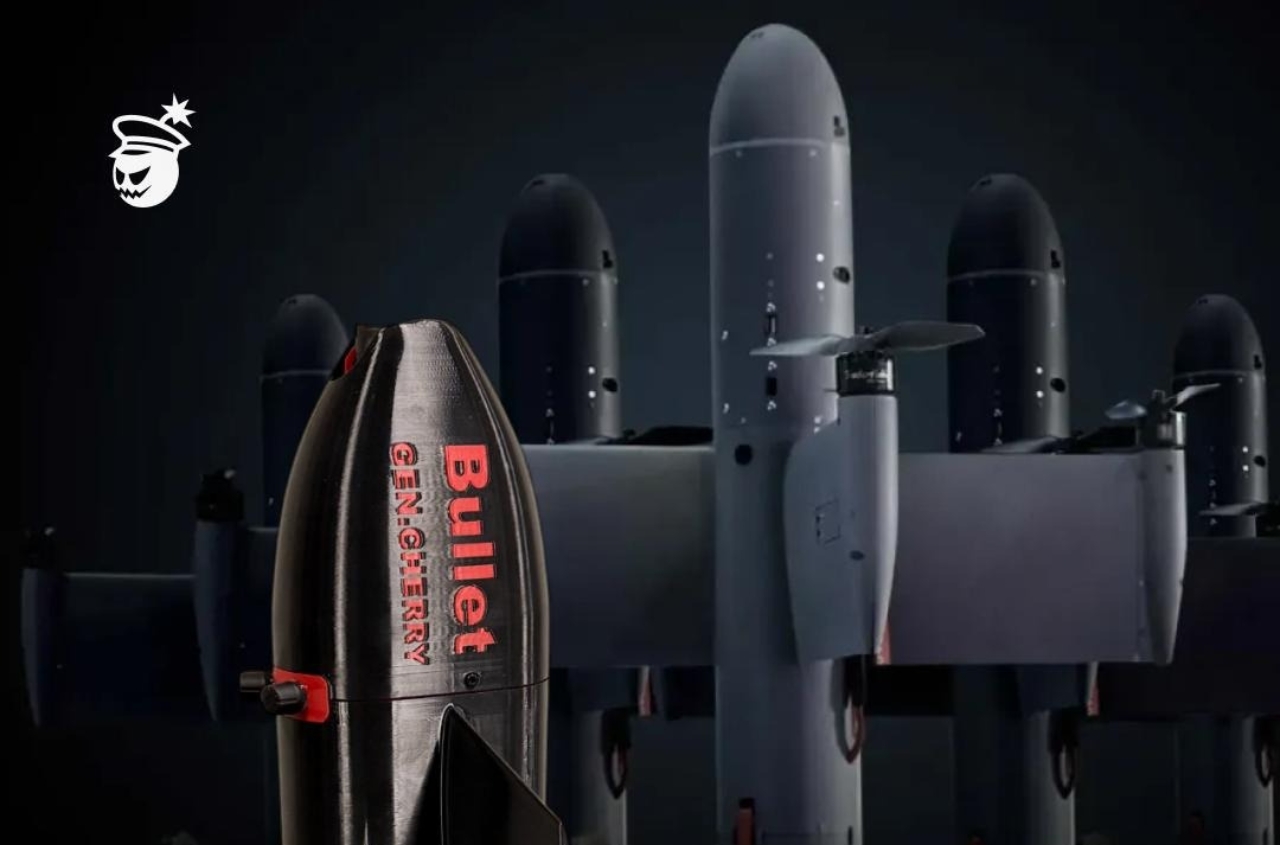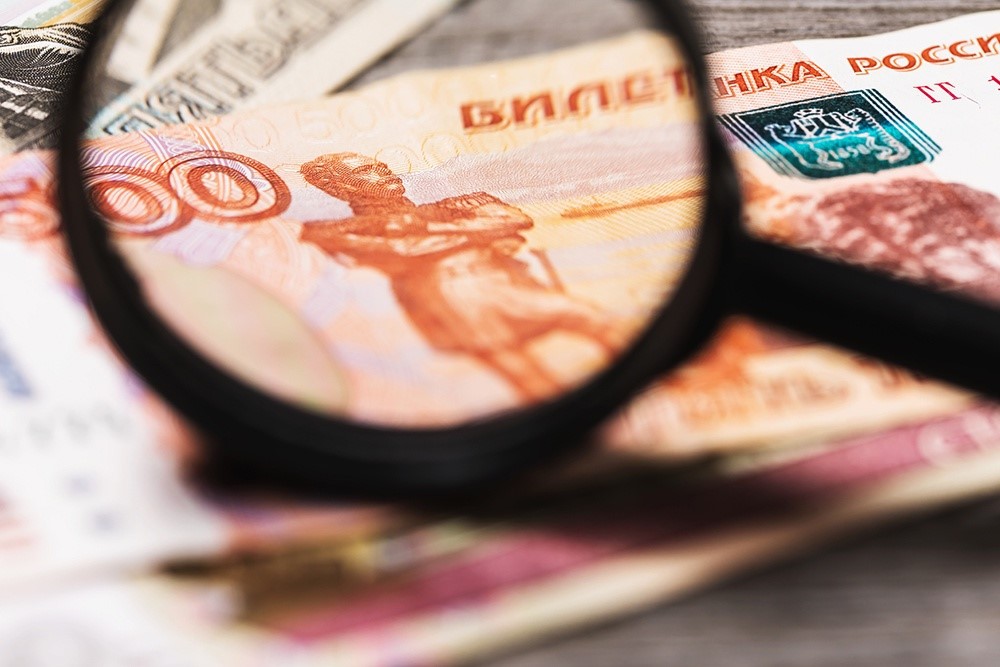Most of the Ministry of Defence’s funding for the purchase of weapons and military equipment is directed toward unmanned systems. However, only part of the wide range of available models demonstrates the necessary effectiveness.
First Deputy Minister of Defence, Lieutenant General Ivan Havryliuk, stated this during the presentation of the study “Corruption Risks in the Procurement of Unmanned Systems and Electronic Warfare Equipment for the Armed Forces of Ukraine”.
“Currently, more than 500 manufacturers are working within the UAV cluster. The majority of the financial resources allocated by the Ministry of Defence for weapons and military equipment are directed toward the procurement of unmanned systems. In addition, to accelerate the provision of supplies to the troops, a separate financial resource is allocated directly to military units for decentralized drone procurement. At the same time, an objective assessment of the drones’ performance shows that only a portion of them achieves the required effectiveness,” he noted.
Havryliuk added that there is currently a large number of different types of unmanned aerial vehicles, but quantity does not always guarantee results on the battlefield.
“Assessment of the combat effectiveness of drones at the front using relevant programs, which provide fairly accurate results, points to certain problems. We must invest as much as possible in scaling up the most effective models,” the lieutenant general emphasized.
Another issue, he said, is the lengthy order fulfillment time. Often, several months pass between the moment the General Staff submits a request for drone procurement and the delivery of the drones to the troops.
“The technical requirements for UAVs change almost every one to three months due to the evolving situation on the battlefield. Therefore, the Ministry of Defence has introduced the DOT-Chain Defence system,” Havryliuk said.
According to him, DOT-Chain Defence has already shown positive results in procurements carried out directly by military units.
“A military unit orders a model from a manufacturer, uses it, and can maintain it with its trained personnel. If necessary, the unit formulates technical specifications for improvements. The time between the order and delivery averages about two weeks,” he explained.
Havryliuk also noted that starting in 2026, 70% of UAV procurement for military units is planned to be carried out through the DOT-Chain Defence system. The remaining 30% will remain centralized to form a reserve in case decentralized deliveries are disrupted.
“Measures are being taken to ensure that the troops receive more effective weapons and that any corruption risks are minimized,” the First Deputy Minister stressed, adding that electronic procurement under the DOT-Chain programme will remove intermediaries and lobbyists from the market.


















